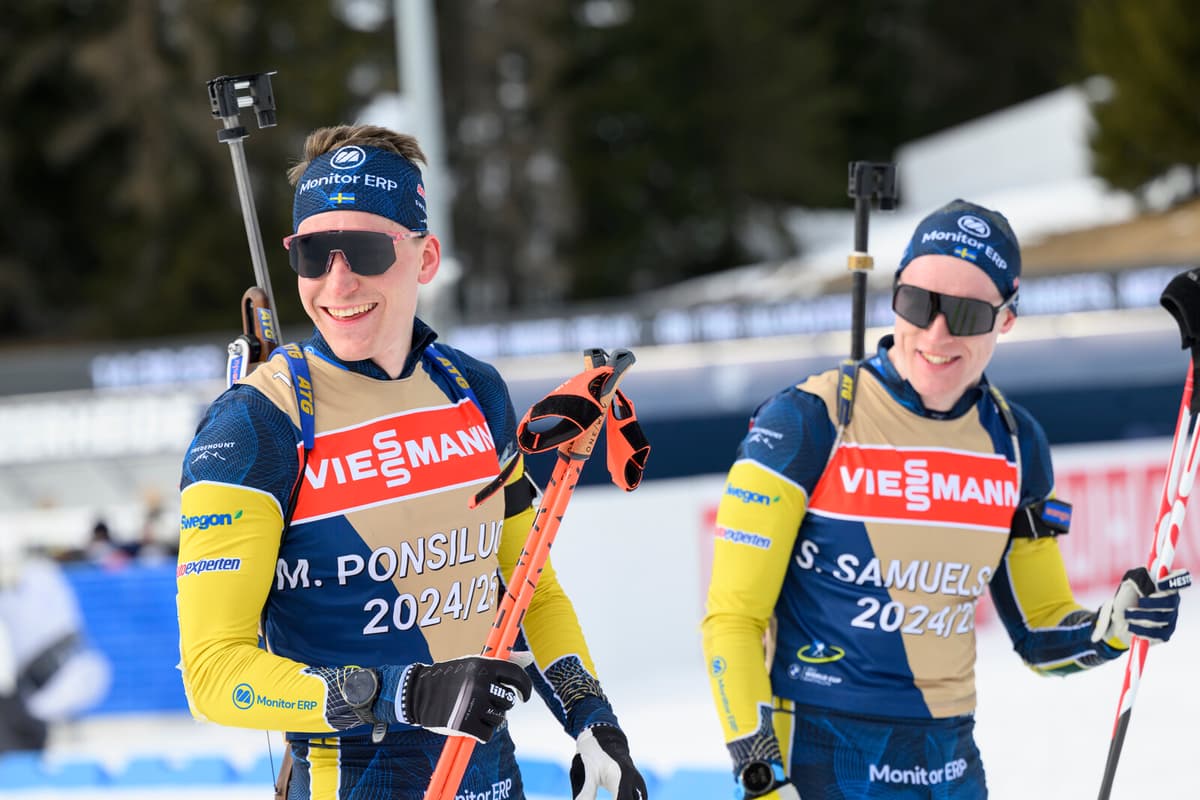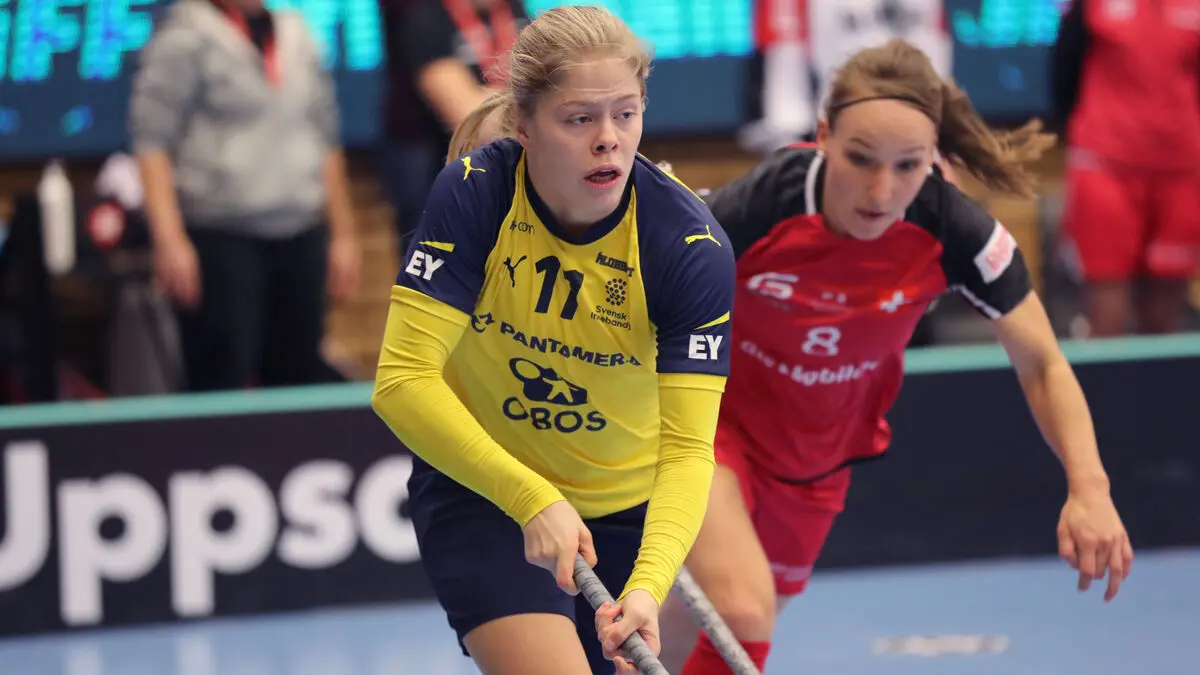Lenzerheide in Switzerland is located at 1,476 meters above sea level, the Italian Olympic Games site Antholz at between 1,600 and 1,700 meters.
To handle the higher altitude, the national team has increased the number of days at high altitude during the preseason, and this year they have also been at high altitude during the World Championship preparation.
The World Championship team stayed for a week in Antholz after the competitions there and then went to Austrian Obertilliach, at 1,450 meters, last week.
Now that we've had the opportunity to acclimate, the altitude shouldn't be a factor anymore, says Hanna Öberg, World Champion two years ago.
Her sister Elvira fell ill before the Antholz competitions and stayed at low altitude even during the World Championship preparation in Italy.
Of course, the plan that the others have followed, I haven't been able to follow. It's probably not an advantage for me, but before the first race, I've been at high altitude for 1.5 weeks, so I'm not worried, says Elvira Öberg.
"Far from a favorite"
She doesn't belong to those who thrive best when competing at high altitude.
It's gotten better in recent years, but it's far from a favorite, says Elvira Öberg.
Sebastian Samuelsson has also had problems competing at high altitude, but his capacity has also improved in recent years.
I feel a big difference compared to a few years ago. We've had a conscious strategy to be at high altitude a lot, so I absolutely think it makes a difference, says he.
The Olympic Games in Beijing took place at high altitude in 2022, and there Samuelsson didn't get any top placements.
There, I had it tougher, absolutely. But Beijing was at 1,800 meters and now the World Championship is at 1,500 meters. Up at high altitude, every 100 meters makes a big difference, says he.
No high-altitude shock
It's the oxygen-poor air that makes it tough to ski at high speed the higher up you get.
But now we've had time to acclimate and aren't at extremely high altitude, so we feel that we've really adapted. It's clear that the skiers feel it sometimes with their breathing, but the high-altitude shock that people talk about, we've left that behind us, says Johannes Lukas.
He doesn't think there will be any problems with breathing and shaky legs when the skiers enter the shooting range, since there's a long downhill slope before entering the shooting range.
12/2: Mixed relay (14.30).
14/2: Sprint, women, 7.5 km (15.05).
15/2: Sprint, men, 10 km (15.05).
16/2: Pursuit, women, 10 km (12.05), men, 12.5 km (15.05).
18/2: Individual, women, 15 km (15.05).
19/2: Individual, men, 20 km (15.05).
20/2: Single mixed relay (16.05).
22/2: Relay, women, 4x6 km (12.05), men, 4x7.5 km (15.05).
23/2: Mass start, women, 12.5 km (13.45), men, 15 km (16.05).





